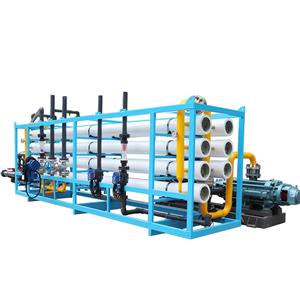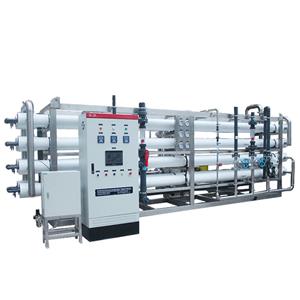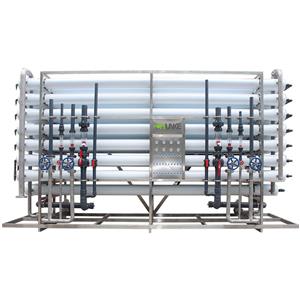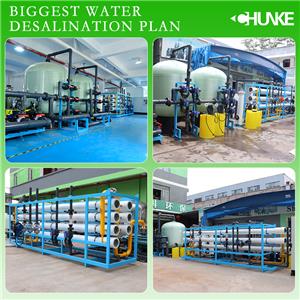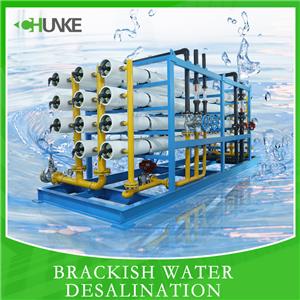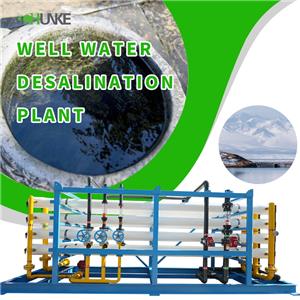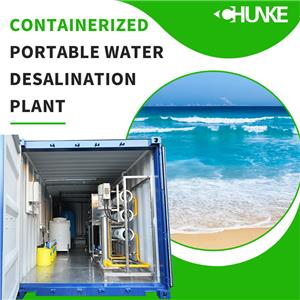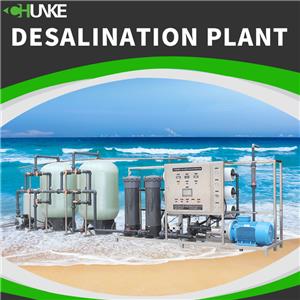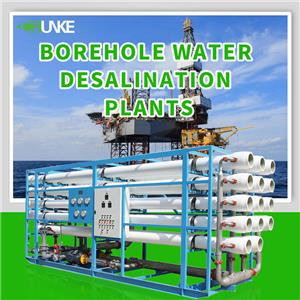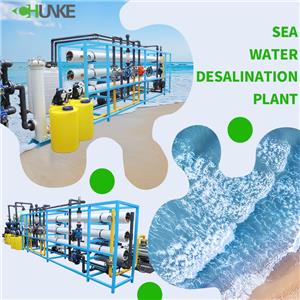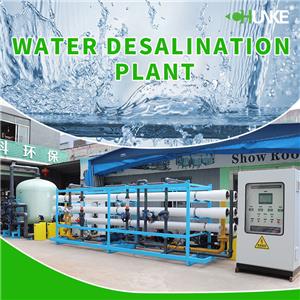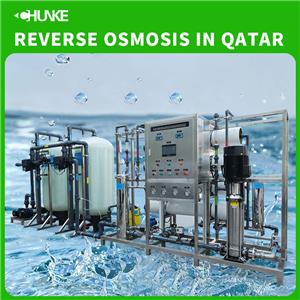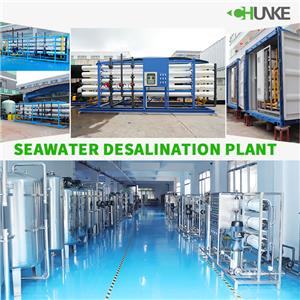-
03-29 2024
Where is the largest water desalination plant?
Saudi Arabia - Saudi Arabia's Ras Al Khair desalination plant uses RO technology and produces 1,036,000 cubic meters of seawater per day, which would make it the largest desalination plant.
-
03-28 2024
What are the disadvantages of desalination of brackish water?
Most forms of brackish water desalination are energy intensive. Without the use of renewable energy to produce fresh water, bracketish water desalination could increase reliance on fossil fuels, increase greenhouse gas emissions, and exacerbate climate change. Brackish water desalination Surface water intakes pose a huge threat to marine life.
-
02-29 2024
What is the principle of reverse osmosis technology in well water desalination plant?
The well water desalination plant uses reverse osmosis technology to convert salt in groundwater into fresh water, solving the problem of drinking water and irrigation water sources. Reverse osmosis technology separates water and salt molecules through a semipermeable membrane to produce pure fresh water with good application results.
-
02-28 2024
Are containerized desalination plants suitable for mobile applications?
As global water shortages become increasingly serious, containerized desalination has attracted much attention as an emerging seawater desalination technology. It has flexible mobility and convenient deployment characteristics, and is suitable for emergency water supply, remote areas and temporary occasions.
-
02-26 2024
How does a seawater desalination plant turn salt water into fresh water?
Seawater desalination technology uses reverse osmosis technology to remove salt and impurities from seawater, thereby converting salt water into fresh water. The process includes steps such as seawater pretreatment, reverse osmosis system operation, freshwater collection and treatment.
-
02-25 2024
How does a borehole seawater desalination plant use reverse osmosis technology to achieve seawater desalination?
Borehole seawater desalination plants use reverse osmosis technology to achieve seawater desalination, giving full play to the advantages of underground seawater resources and avoiding land occupation and marine ecological impacts. Its flexible deployment and energy-saving features give it potential for innovative applications in water resources management.
-
02-22 2024
How to balance the operating costs and benefits of a desalination plant?
Desalination plants are crucial in solving freshwater shortages, but their operating costs are a challenge. This article discusses the key to the balance between operating costs and benefits of seawater desalination plants, including cost components, benefit manifestations, key factors, etc. The key to balance lies in technology selection, operational optimization, energy conservation and emission reduction, maintenance management and financing.
-
02-20 2024
How does a seawater desalination plant work?
The seawater desalination plant consists of a seawater inlet system, a pretreatment system, a reverse osmosis system, a post-treatment system and an energy supply system. It uses reverse osmosis membrane technology to remove salt and harmful substances and provide high-quality fresh water. Contribute to global water resources security and sustainable development.
-
01-26 2024
Is there a seawater reverse osmosis desalination plant in Qatar?
Qatar, a Middle Eastern oil country, is facing water scarcity and is facing challenges by introducing a seawater reverse osmosis desalination system. The government has invested in the construction of multiple advanced desalination plants, among which the Umm Ahur project was put into operation in 2018, with a desalination capacity of 618000 cubic meters per day, meeting 30% of water demand.
-
12-31 2023
Are seawater desalination plants suitable for different geographical environments?
Energy consumption, natural environment, and socio-economic factors all affect the applicability of seawater desalination plants. In areas with abundant energy, seawater desalination systems are easier to promote, while the application of renewable energy improves their applicability in areas with energy shortages. Site selection needs to consider seawater resources, terrain, and climate, as well as socio-economic conditions as determining factors.

